Uplands E 1971
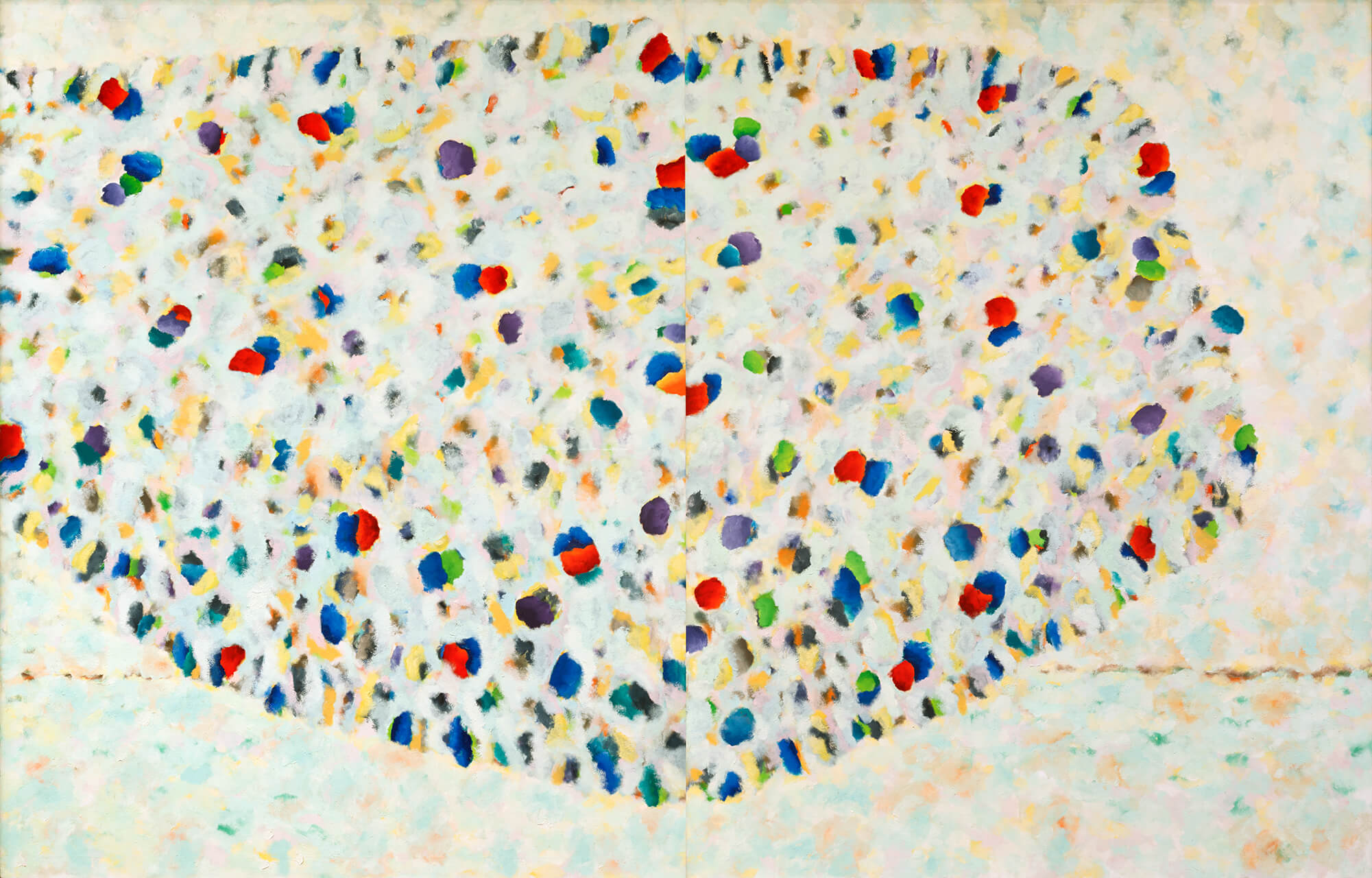
Gershon Iskowitz, Uplands E, 1971
Oil on canvas, diptych, 228.6 x 356 cm
National Gallery of Canada, Ottawa
Gershon Iskowitz’s Uplands, a suite of nine diptych paintings produced between 1970 and 1972, overlaps with the Lowlands series and the Uplands, 1969–70, three-panelled painting. They were designated A through K (letters I and J were not used). Uplands E marks the midpoint of the series, with a more open structure than some of the others. The floating central form is registered by blip-clusters and diffused ovoids that continue into what may appear to be the ground—a subtle overall transparency. The horizon line is likewise diffused, pushed back to a just-visible trace across the two panels.
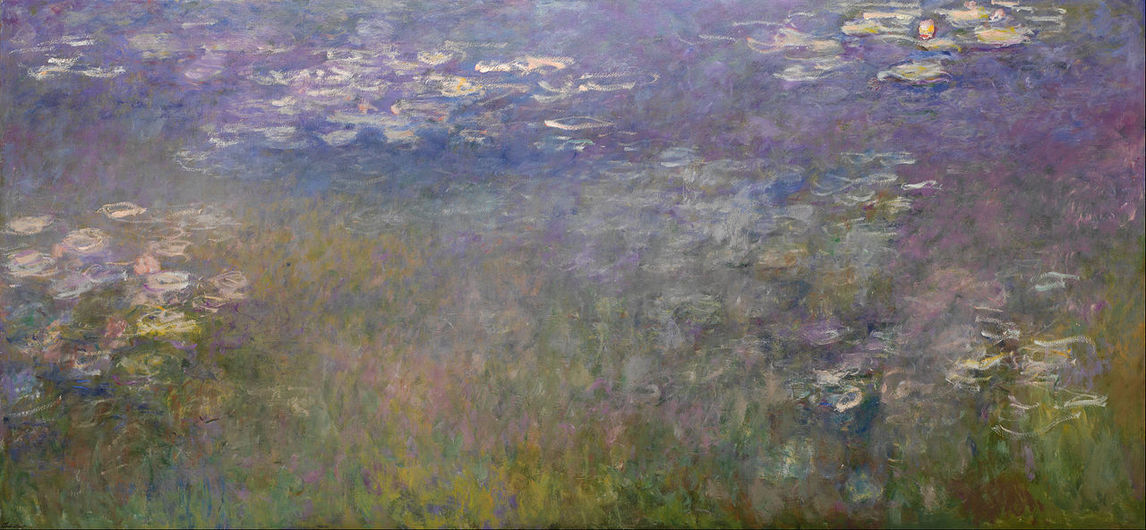
As in the Lowlands paintings and the ovoids of Autumn Landscape #2, 1967, the blip-clusters create a central and eccentric biomorphic form. Each of the Uplands paintings has a horizon line in a different latitudinal position and at different degrees of registration. In three of them, Uplands B, G, and H, the central component has a strong primary colour that defines the contour: two are blue and one is red. The other six have a more open structure.
In writing about these elusive works, scholars have tried to explain them though analogies and art history. David Burnett compares them to the late Water Lilies paintings by Claude Monet (1840–1926) because both the subject and the painting itself transcend literal illustration. Roald Nasgaard writes of the Uplands paintings:
These diptychs are strange combinations of panoramic landscapes and abstract forms. . . . Both cloud-curtain and landscape are executed with large Impressionistic brush strokes, more like tachist patches, brushed into one another and coalescing into a variegated all-over blanket of colour.
Iskowitz’s friend, artist David Bolduc (1945–2010), commented in 1971: “They are like weird galaxies, like Star Trek gone mad.”
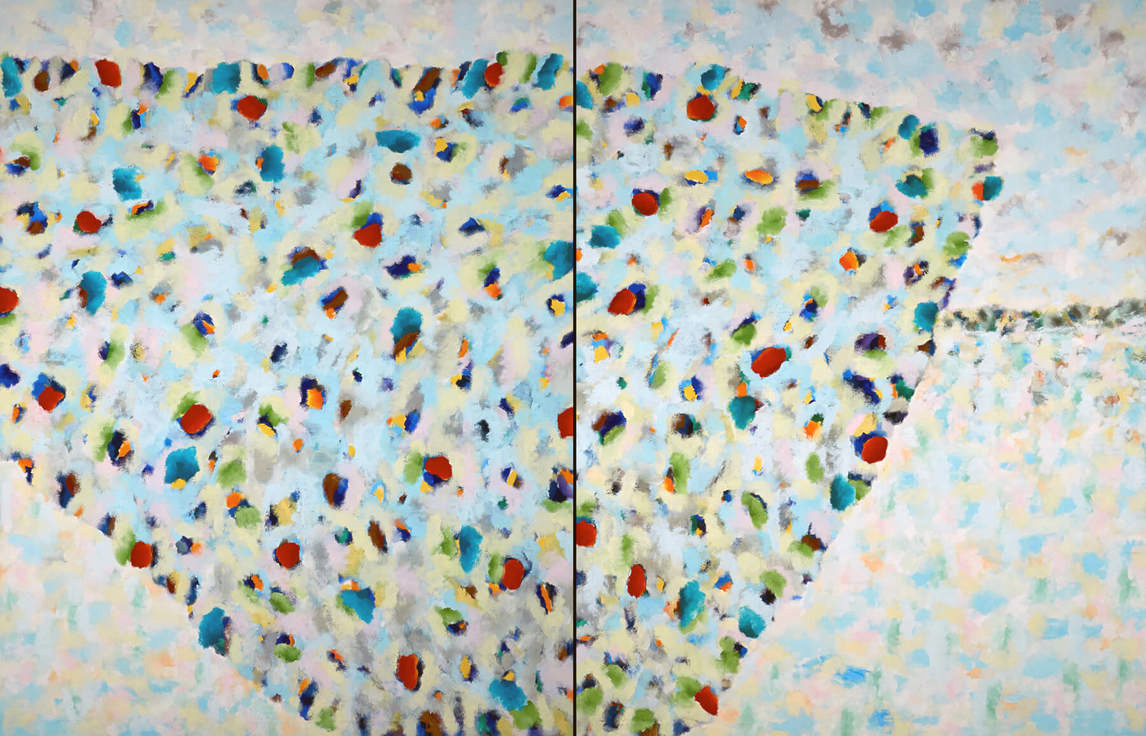
These were Iskowitz’s most ambitious works to date in terms of scale and complexity, and they firmly established him as an artist of note. Uplands E, F, and G were first shown at Gallery Moos in November 1971, and Brydon Smith, the curator of contemporary art for the National Gallery of Canada, wrote that he found them “very beautiful.” Four months later, the National Gallery requested a loan of Uplands C, E, G, and H to include in the Canadian exhibition at the prestigious Venice Biennale—and it went on to purchase Uplands E for its own collection. Four of the series were selected for the Iskowitz retrospective at the Art Gallery of Ontario in 1982.
Iskowitz had first used the diptych format in two Seasons works in 1968–69, Seasons No. 1 and Seasons No. 2. He was fascinated to realize that, as he explored his way through a series of works, the paintings were never in conflict with each other but could even be paired. He returned to this dual format periodically throughout his career, including his last paintings.

 About the Author
About the Author
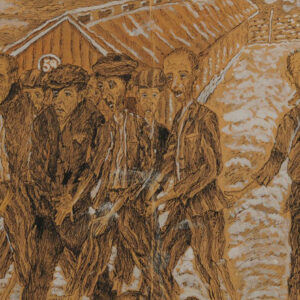 More Online Art Books
More Online Art Books
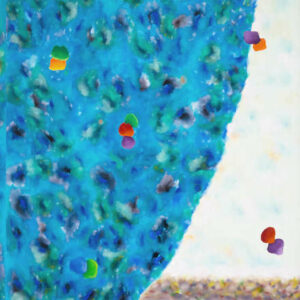 Acknowledgements
Acknowledgements